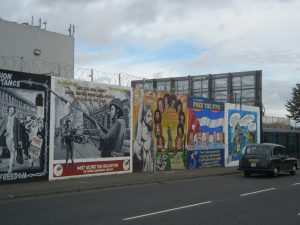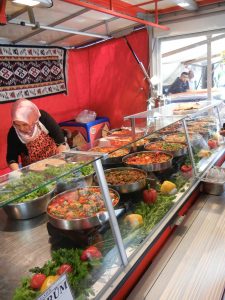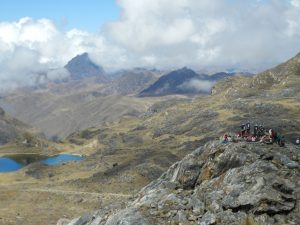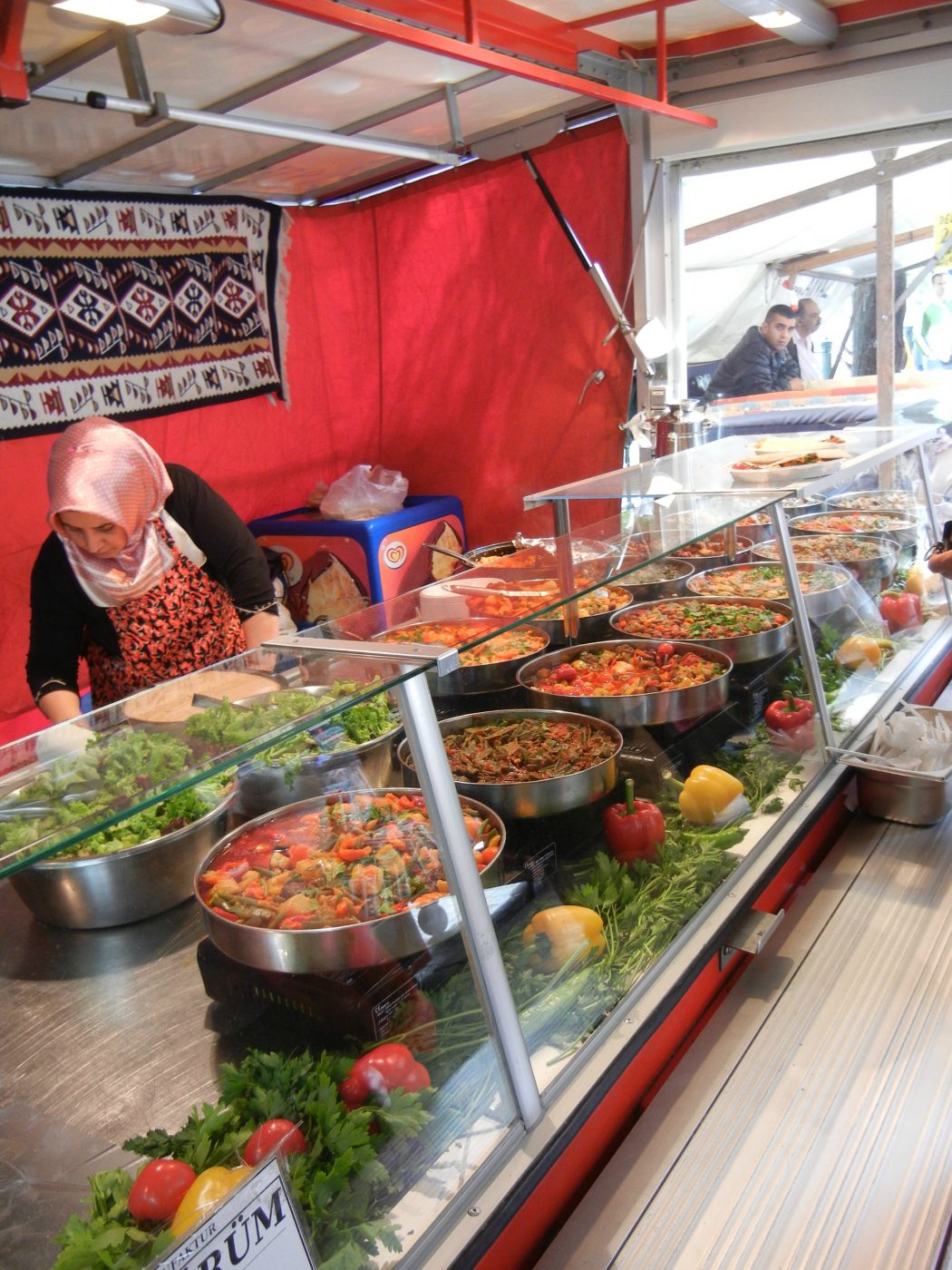As the election year rages on, many people are learning that the United States is a diverse, multicultural nation. In the 2014 census, approximately 20% of the US population identified as African American, Native American, Asian, or Pacific Islander with roughly 8 million people identifying as multiracial [1]. Hispanics numbered at 55.4 million in 2014, increasing by 2.1% from the prior year [2]. With this demographic shift, medical education has adopted cultural competency as a cornerstone for budding physicians to address concerns for miscommunication and to deliver adequate care.

Notre Dame in Montreal.
However, how do we define cultural competency? Anyone who grew up or lived outside of the Southwest can attest that the United States is vastly different depending on what region of the country we are in, which greatly affects values and norms you bring into your adult life. Oxford Dictionary describes culture as “the customs, arts, social institutions, and achievements of a particular nation, people or other social group.” Many times, customs are intangible factors culminating in a philosophy of thought manifesting in social interactions and festivals. No two cultures are identical, creating a unique mosaic of beliefs and truths in our country.

The Belfast Peace Wall in Belfast.
As enriching as a diverse cultural population is, this can lead to conflicts in clinical scenarios. How do providers react when a treatment we would like to use is not allowed in their culture? How do we overcome our own cultural biases when dealing with patients from another culture? How do we ensure we are treating our patients as best as we can, and if we are not, how do we correct this?

Turkish street fair/food vendor in Berlin.
Simple areas we can address include language and communication. Studies have shown that neglecting to address language barriers with Hispanic patients often led to patients omitting medications, missing office appointments, and more frequent emergency room visits [3]. One way to address this problem is by having trained medical translators or by learning the vernacular ourselves. This allows a direct connection to the patient and removes ethical dilemmas that arise from family members translating. Strong communication between people of two different cultures, though, requires not only a common language but also a common understanding of the other’s values and customs. This can only be accomplished by temporarily relinquishing our own judgments and beliefs to grasp the complexities of another person’s world view, which we as physicians must make a priority.

Huaytapallana Glacier on a solstice day in Peru.
- US Census, 2014: http://factfinder.census.gov/faces/tableservices/jsf/pages/productview.xhtml?src=bkmk
Pew Research: http://www.pewresearch.org/fact-tank/2015/06/25/u-s-hispanic-population-growth-surge-cools/ - Betacourt et al 2003: http://www.ncbi.nlm.nih.gov/pmc/articles/PMC1497553/pdf/12815076.pdf
- Tervalon and Murray-Garica 1998. http://wiki.acs.nmu.edu/hl367w11/images/d/d8/Cultural_Humility_Versus_Cultural_Competence.pdf
* Photos courtesy of Alexandra Cooke
Alexandra Cooke is a medical student at The University of Arizona College of Medicine – Phoenix. She graduated in 2013 from UA with bachelor's degrees in physiology and international studies. This self-proclaimed global health nerd and news junkie can commonly be found downtown exploring local coffee shops and bookstores or out dancing ballroom or swing with friends. In the future, Alexandra hopes to incorporate her passions (somehow) into her medical career and be able to empower patients. She is one of the co-chairs of the Medical Ethics Interest Group.


